Category: Networking Fundamentals
-

Password Authentication Protocol (PAP)
In this article, we will unravel the layers of Password Authentication Protocol (PAP), exploring its operations, advantages, and its place in the ever-evolving landscape of network security protocols.
-
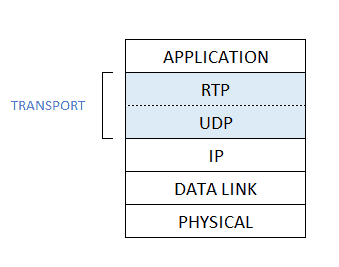
Real-time Transport Protocol (RTP)
The Real-time Transport Protocol (RTP) is a network protocol that provides end-to-end network transport functions suitable for applications transmitting real-time data, such as audio, video, or simulation data, over multicast or unicast network services. In this article: RTP Basics Real-time Transport Protocol (RTP) runs on top of UDP. Specifically, audio or video chunks of data,…
-

Computer Networks: A Starter Exploration
Dive into the essentials of computer networks with this authoritative guide, crafted to demystify the complex interactions and technologies that connect computers globally.
-
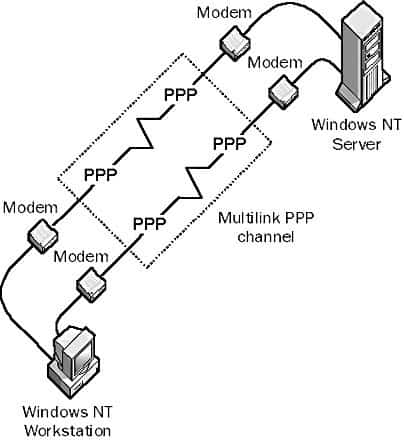
Multilink Point-to-Point Protocol (MPPP)
MPPP which stands for Multilink Point to Point Protocol is a protocol for inverse multiplexing of Point-to-Point Protocol (PPP) communication links. Multilink Point-to-Point Protocol (MPPP) is an extension of the industry-standard PPP. MPPP can also be abbreviated as MP or MLP. How it works An ordinary dial-up modem connection to the Internet through an Internet…
-
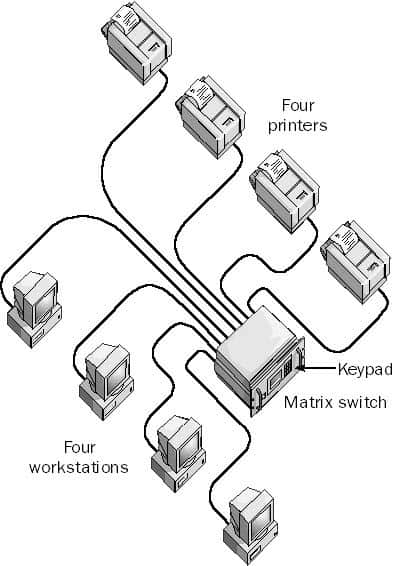
Matrix Switch
Explore the world of Matrix Switches, the versatile electronic switches for efficient sharing of peripherals in computer networks.
-
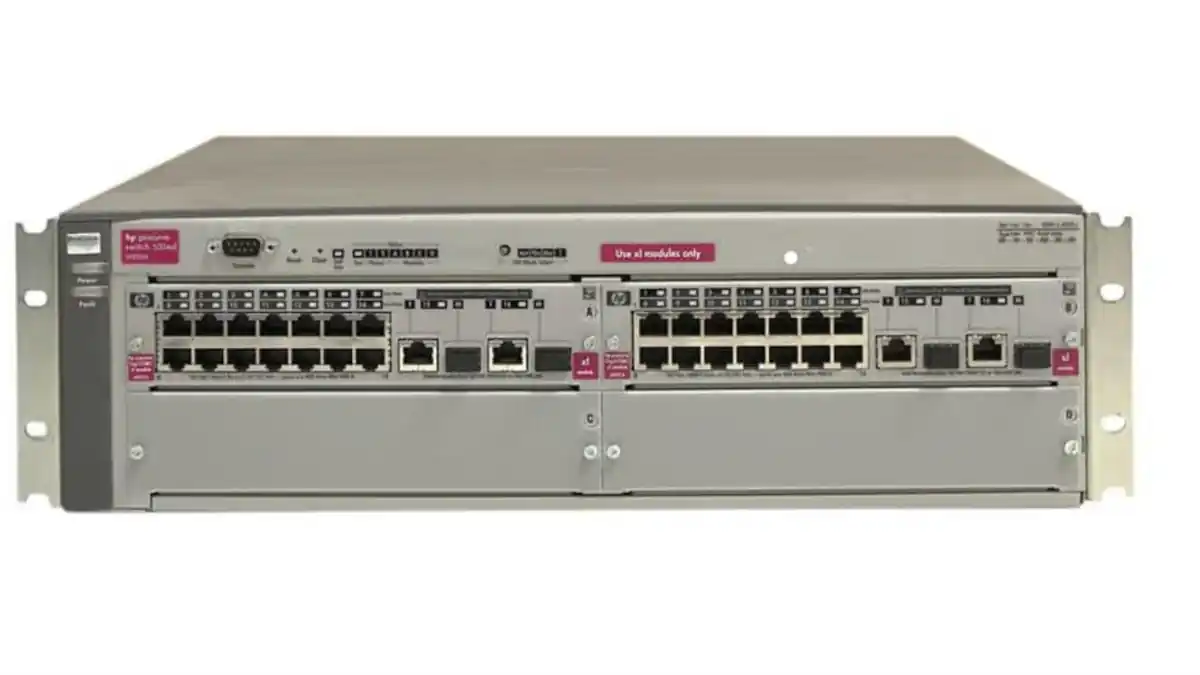
Layer 4 Switch
An in-depth look at layer 4 switches, exploring their sophisticated architecture and functions. Uncover how these essential devices shape the core of modern network communication.
-
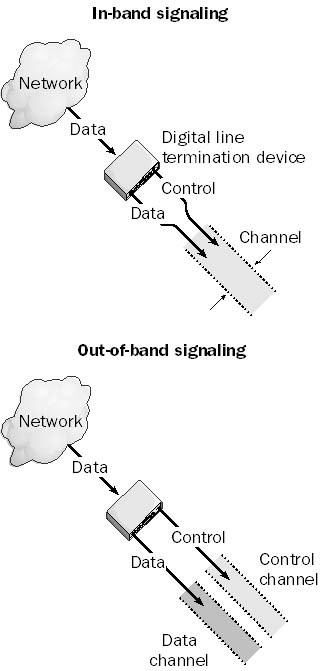
Out-of-Band Signaling: Separating Control from Data
Out-of-band signaling is any transmission technology in which signaling is separate from the data being transmitted. Out-of-band signaling uses one or more channels for transmitting data or voice information and one special out-of-band channel for performing signaling functions such as establishing and terminating the communication link, controlling flow, or transmitting error information. In this article:…
-
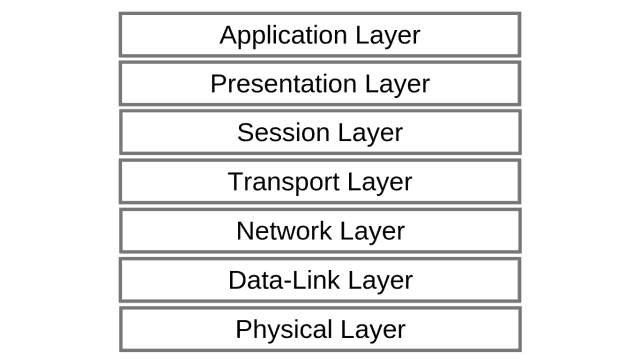
Network Protocol
Network Protocol is a protocol that operates at the network layer (layer 3) of the Open Systems Interconnection (OSI) reference model for networking.
-

Understanding the Loopback Address
A loopback address, in computer networking, is a virtual network interface primarily used for testing and network diagnostics. Technically, it refers to an IP address that routes the data back to the same device, bypassing external physical network interfaces.
-
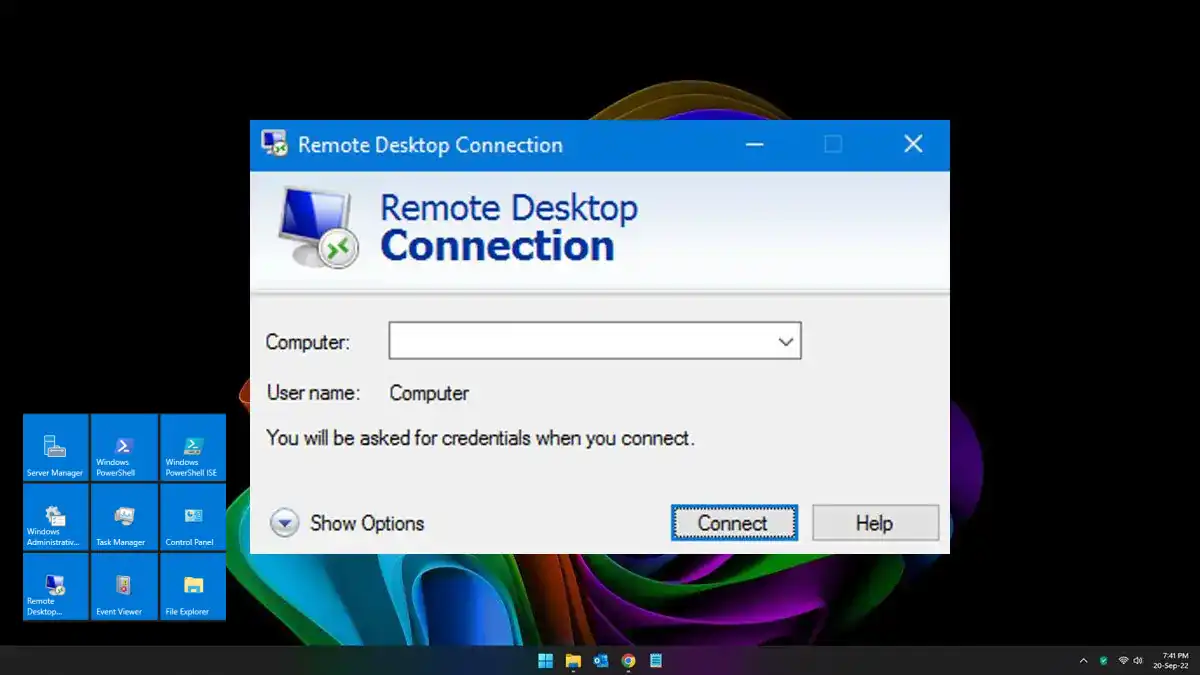
Unpacking Remote Desktop Protocol (RDP)
Delve into the exciting world of Remote Desktop Protocol (RDP), demystifying its functions, applications, and importance in today’s digitally driven era.
-
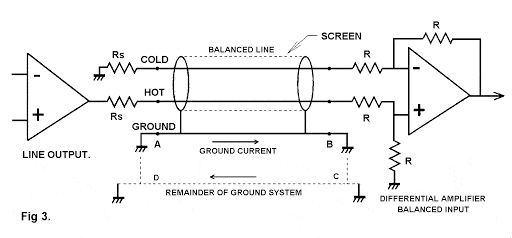
Balanced Line
Explore the world of Balanced Lines, their importance in network cabling, and how they enhance signal integrity in data transmission.
-

Mastering Clustering: The Backbone of Network Reliability
In this article, we dive deep into the fascinating world of clustering, a technology that ensures your network remains robust, scalable, and available, no matter what life throws at it.